Since the 1950s, an alliance began to form in Europe. However, it was not until the Maastricht Treaty was born that the EU truly became an alliance with global influence.
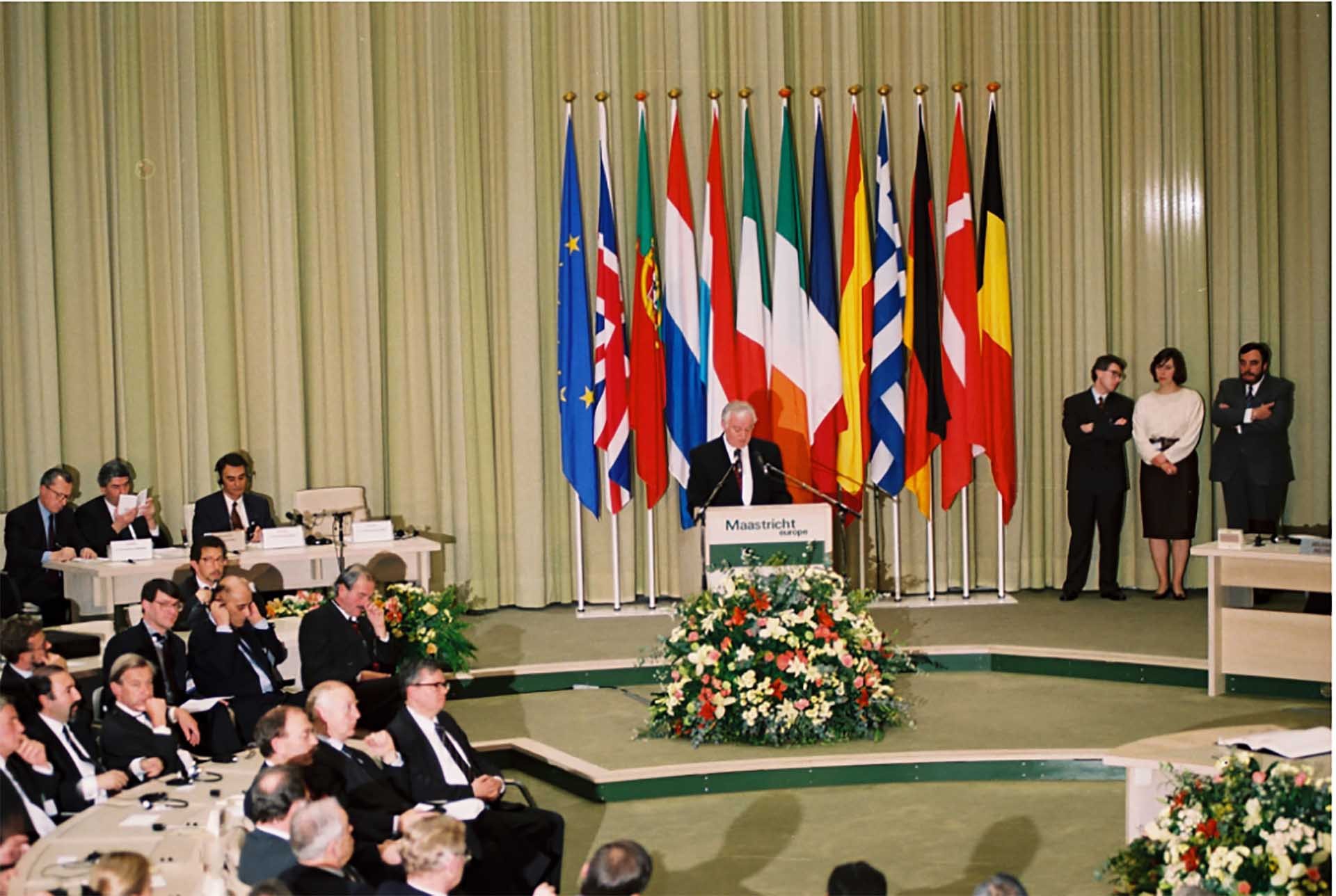 |
| Signing ceremony of the Maastricht Treaty, 1992. (Source: Wikipidia) |
After World War II, the trend of regional integration and globalization began to take place strongly. In Europe, a series of organizations and communities were formed.
The turning point of Europe
On January 18, 1951, representatives of six European countries, including France, Germany, Italy, Belgium, the Netherlands and Luxembourg, signed the Treaty of Paris to establish the European Coal and Steel Community (ESCS) to unify the production and distribution of coal and steel products in these countries. The Treaty of Paris sparked the plan of the ESSC founders to establish the foundation for the unification of the European economy . Continuing to implement this idea, on March 25, 1957, the six countries continued to sign the Treaty of Rome, establishing the European Atomic Energy Community (EURATOM) and the European Economic Community (EEC). By July 1, 1967, the three organizations were merged into the European Community (EC).
However, when the new EC plans were discussed or put into operation, the situation in Europe and the world changed dramatically, strongly affecting EC members. The end of the Cold War, the emergence of new economic centers and the growing trend of internationalization and regionalization…
The collapse of the Soviet Union, ending the bipolar confrontation in the Cold War, has left the common enemy of both the US and Western Europe. The glue in the US-Western European strategic cooperation has been reduced, creating an opportunity for Western Europe to escape its excessive dependence on the US and follow an independent path to rise up and regain its former "golden age".
Besides, the unification of Germany was also an important factor, creating a new order in Europe, leading to a change in the balance of power within Western Europe, especially in the delicate relationship between France and Germany, the two pillars of the EC.
These factors urged the EC to accelerate the process of internal integration and find new directions for development. On February 7, 1992, representatives of the 12 EC member states at that time, Belgium, Denmark, France, Germany, Greece, Ireland, Italy, Luxembourg, the Netherlands, Portugal, Spain and the United Kingdom, met in Maastricht, the Netherlands and signed a historic treaty after a difficult negotiation process.
More than a year later, on November 1, 1993, the Maatricht Treaty, officially known as the Treaty on European Union (EU), came into effect, bringing the EU into a new stage of development.
Three pillars, many meanings
The three main pillars of the EU were formed to reflect the ambitious goals of the European integration process. The Commission, the Parliament and the Court are the highest authorities that make up the first pillar of the EC to replace the EEC to deal with various issues of the union such as tariffs, agricultural policy, fisheries, competition law and the environment...
The second pillar of the Treaty is aimed at the common foreign and security policies of the Union. However, according to Euronews, due to the political sensitivity of the current issues, decisions are taken on the basis of consensus of the member states with little or no involvement of the EC and EP.
The third pillar of the Maastricht Treaty is police and judicial cooperation on issues such as terrorism, migration, human trafficking and organised crime. The issue of migration and the prevention of cross-border crime became more urgent, especially after the Schengen Agreement was signed in 1985, which abolished border checks.
The Maastricht Treaty was considered a breakthrough in Europe. Firstly, the Treaty marked a turning point in the process of European integration, introducing a completely new form of cooperation, unprecedented in history.
Second, the Treaty establishing a common currency (Euro) makes currency transactions easier, and also provides another reserve currency besides strong currencies such as USD, Japanese Yen, etc. Currently, Euro is a strong currency, officially used in 24 countries, including 19 EU member states and five other European countries.
Third, the Treaty sets out criteria for inflation, public debt levels, interest rates and stable exchange rates.
Fourth, the Treaty expands citizenship rights, allowing all citizens of member countries to freely run for and participate in EP elections, and to work freely in any member country, thereby improving the quality of life.
Existing challenges
The EU is currently facing many challenges, including issues such as the conflict in Ukraine, instability in the Middle East and Africa, immigration, climate change, strategic competition and especially consensus, finding a unified voice in solving EU and world problems.
EU researcher R. Daniel Kelemen at Rutgers University (USA) commented that any EU foreign policy depends largely on the decisions of individual members. Meanwhile, the EU makes most of the bloc's major decisions on the basis of absolute majority, but member states are reluctant to give up their veto power over foreign policy, so basically, opponents can connect with national governments and turn them into "Trojan horses" within the EU.
In addition, there are still certain gaps and “deep divisions” between Western and Eastern European countries. At the 25th anniversary of the Maastricht Treaty (2016), EC President Jean-Claude Juncker stated that without the EU, no member country would be able to exert influence and prestige in the world on its own. And according to Jean-Claude Juncker’s prediction, in the next 20 years, no EU member country will be able to maintain its position as a member of the G7.
Not to mention a “shock” that perhaps no one could have expected at the time of signing the Maatricht Agreement, when January 31, 2020 marked the day the United Kingdom officially left the EU, also known as Brexit. What really changed after Brexit was that for the first time the EU lost a member that was one of the largest and richest countries, accounting for 15% of its economic power. With the departure of 66 million people, the EU saw its population decrease to 446 million people, and the EU's territory would decrease by 5.5%.
Important partner of Vietnam
Vietnam-EU cooperation began with humanitarian issues and overcoming the consequences of war. The two sides officially established diplomatic relations at the Ambassadorial level in 1990. Since then, the EU has always been a leading important partner in Vietnam's foreign policy and international integration, supporting Vietnam in policy making and institutional capacity building.
This EU support is implemented in many different programs and projects, typically the Program to Support the Transition to a Market Economy in Vietnam (EuroTAPViet) for the period 1994-1999, and the Multilateral Trade Policy Support Program (MUTRAP) for the period 1998-2017.
In June 2012, the two sides signed the Vietnam-EU Comprehensive Partnership and Cooperation Agreement (PCA), demonstrating the EU’s commitment to moving towards a modern, broad-based and mutually beneficial relationship with Vietnam. Since the signing of the PCA, EU-Vietnam cooperation has expanded in all areas such as trade, environment, energy, science and technology, public administration, culture, migration, anti-corruption and organised crime, etc.
During the process of accompanying Vietnam, the two sides signed many agreements, including the Voluntary Partnership Agreement on Forest Law, Governance and Trade (VPA-FLEGT) which took effect in June 2019. The Framework Agreement on Defense and Security Cooperation (FPA) in October 2019... These cooperation frameworks make Vietnam one of the Asian countries with the most comprehensive and extensive relations with the EU, the only ASEAN country with all pillars of cooperation with the EU.
In terms of economics and trade, the implementation of the Vietnam - EU Free Trade Agreement (EVFTA) since August 2020 has contributed to making the EU the fifth largest trade partner and investor of Vietnam. Currently, the EU Parliaments are in the process of finalizing the ratification of the Vietnam - EU Investment Protection Agreement (EVIPA). In the field of development assistance, the EU is the largest provider of non-refundable ODA development assistance to Vietnam.
It can be said that the EU has accompanied Vietnam throughout the difficult period of international integration with important and effective support activities. The achievements in international integration and socio-economic development that Vietnam has achieved today have contributed significantly to the valuable cooperation and support of the EU.
During the farewell reception for Ambassador and Head of the EU Delegation to Vietnam Giorgio Aliberti before the end of his term on July 6, Foreign Minister Bui Thanh Son affirmed that Vietnam highly values and wishes to promote relations with the EU - one of Vietnam's leading important partners.
Minister Bui Thanh Son highly appreciated the role of the EU in promoting the establishment of the Just Energy Transition Partnership (JETP) framework between Vietnam and international partners, and continued to urge the parliaments of member countries to soon ratify and put into effect the EVIPA, contributing to creating a new breakthrough in economic cooperation between the two sides.
Source






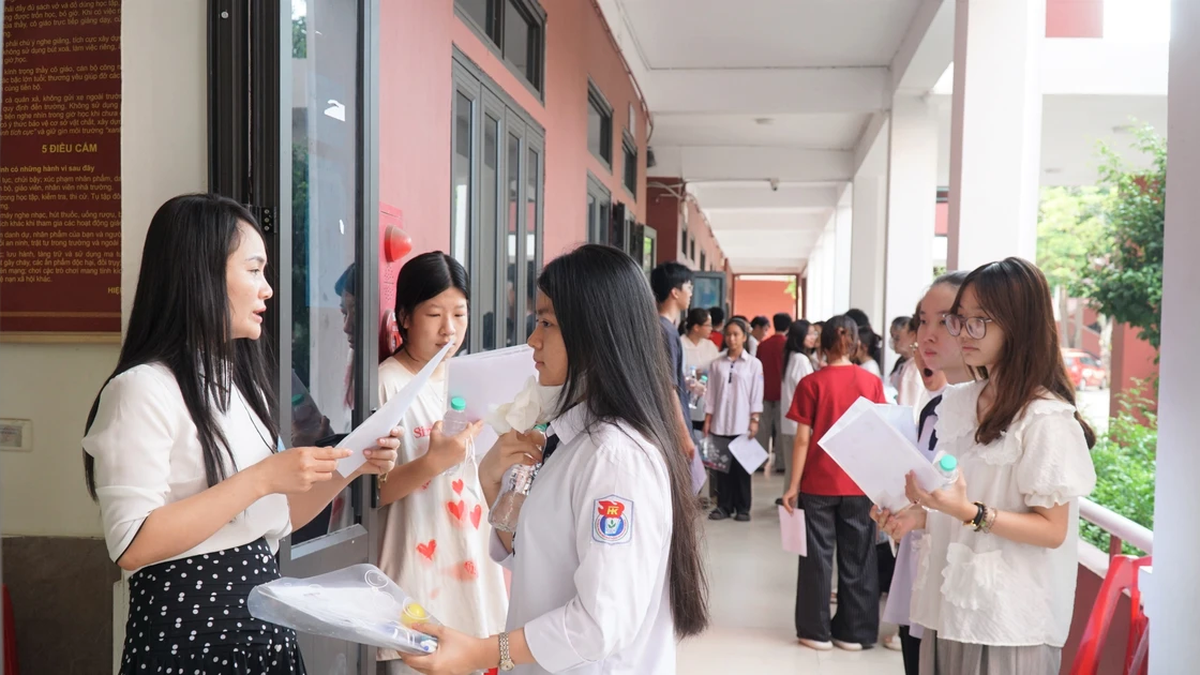
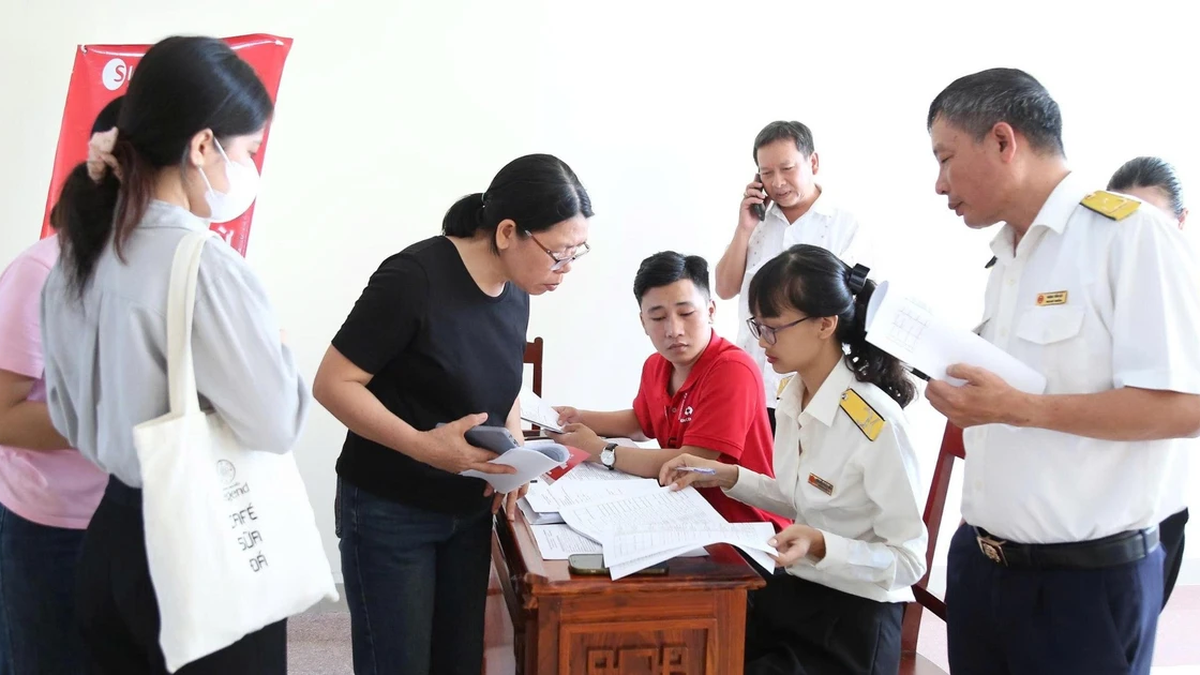
















![[Photo] National Assembly Chairman Tran Thanh Man visits Vietnamese Heroic Mother Ta Thi Tran](https://vphoto.vietnam.vn/thumb/1200x675/vietnam/resource/IMAGE/2025/7/20/765c0bd057dd44ad83ab89fe0255b783)



























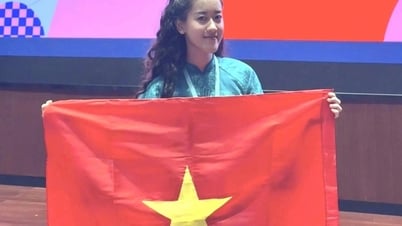










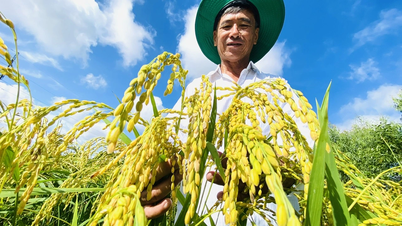

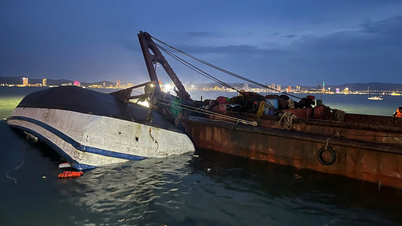

































Comment (0)